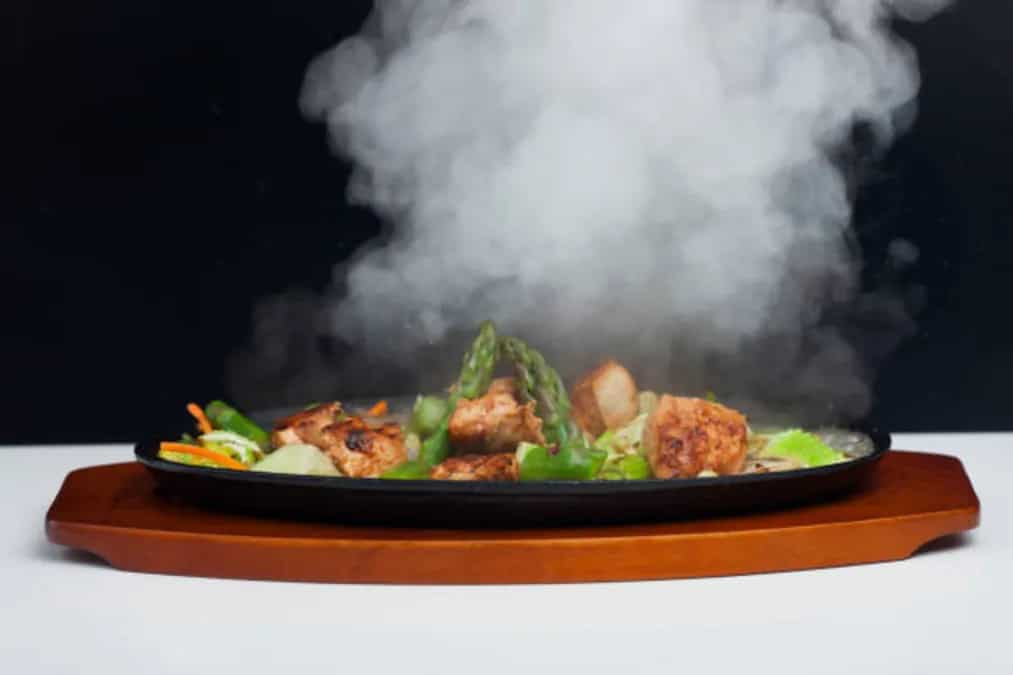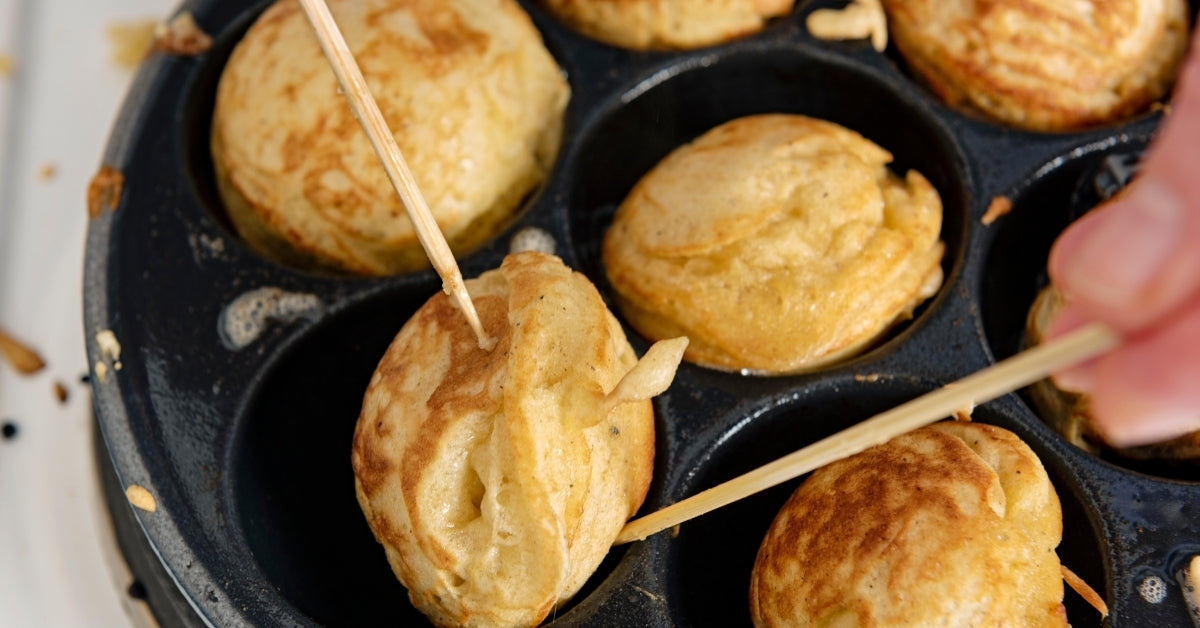Creating a sizzling meal that delights the palate is an art form. As a kitchen professional, you understand that the perfect dish is not just about flavors but also about the intricate balance of textures. In this article, we'll explore how to balance textures in sizzling meals, a crucial skill for any culinary expert aiming to elevate their creations.

The Importance of Texture Balance
In the culinary world, texture is just as important as taste. A well-balanced meal keeps diners engaged and satisfied. Imagine biting into a perfectly cooked steak: the initial crunch from the sear, followed by the tender, juicy interior. This contrast is what makes a dish memorable and keeps customers coming back for more.
Balancing textures in sizzling meals involves understanding the interplay between crispy, chewy, and creamy elements. Achieving this harmony requires skill and an understanding of how different cooking techniques and ingredients interact.
Key Techniques to Master
Searing and Crispy Layers
One of the most effective ways to introduce texture is through searing. A hot pan or grill creates a crispy exterior, which contrasts beautifully with softer ingredients. For instance, in a sizzling platter of vegetables and proteins, ensuring that each element is seared to perfection can elevate the entire dish.
Incorporating Chewy Ingredients
Chewy elements add an unexpected twist to the texture profile of a meal. Incorporating ingredients like mushrooms or caramelized onions can provide a delightful chewiness that contrasts with the crunch of seared meats or vegetables. These components not only enhance the texture but also add depth and richness to the flavor.
Choosing the Right Ingredients
When creating a sizzling meal, selecting the right ingredients is crucial. Opt for a variety of textures to create a dynamic eating experience. For instance, pairing crunchy vegetables like bell peppers with tender proteins can create a balanced dish that excites the senses.
Additionally, considering the moisture content of ingredients is vital. Too much moisture can lead to a soggy dish, while too little can make it dry and unappealing. Understanding how to manage moisture through techniques like blanching or draining can help maintain the desired texture balance.
Using Sauces and Garnishes
Sauces and garnishes play a pivotal role in texture balance. A well-chosen sauce can add creaminess, while garnishes like toasted nuts or crispy fried onions can introduce crunch. Experimenting with different combinations allows chefs to create unique dishes that stand out.
Case Study: Sizzling Fajitas
Let's consider a classic dish: sizzling fajitas. The key to this dish's success is its texture balance. The seared meat provides a crispy outer layer, while the sauted onions and peppers offer a tender, juicy contrast. Adding a dollop of sour cream or guacamole introduces creaminess, completing the texture trifecta.
To perfect this dish, ensure the skillet is heated to the right temperature before adding the ingredients. This step is crucial for achieving the desired sear and preventing the vegetables from becoming overly soft.
Conclusion: Elevating Your Culinary Creations
Mastering how to balance textures in sizzling meals is an essential skill for any kitchen professional. By understanding the interplay of different textures and employing the right techniques, chefs can create dishes that are not only flavorful but also memorable.
For further inspiration, explore our blog on seasonal sizzling platter ideas and discover how to incorporate a variety of textures into your culinary creations.

FAQs
Why is texture important in cooking?
Texture is important because it enhances the eating experience by providing contrast and interest. It keeps diners engaged and makes dishes more memorable.
What are some common texture combinations in sizzling meals?
Common combinations include crispy and tender, chewy and crunchy, and creamy with a hint of crisp. These contrasts create a balanced and satisfying dish.
How can I ensure a good texture balance in my dishes?
Focus on using a variety of cooking techniques, selecting ingredients with different textures, and managing moisture levels effectively.
This article contains affiliate links. We may earn a commission at no extra cost to you.





Leave a comment
This site is protected by hCaptcha and the hCaptcha Privacy Policy and Terms of Service apply.